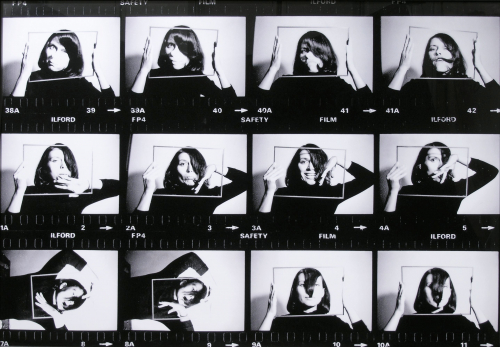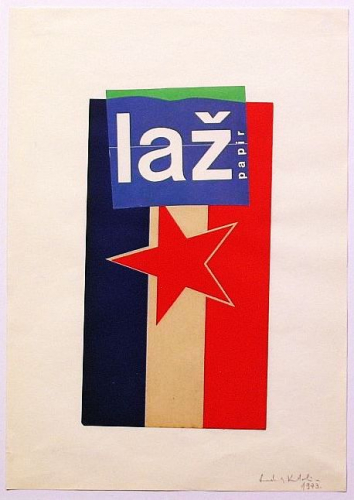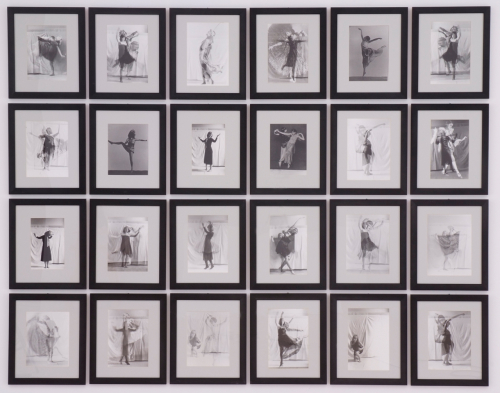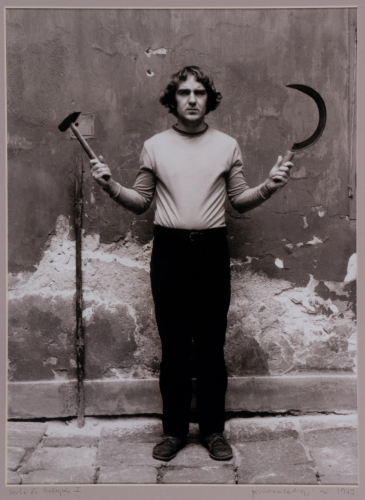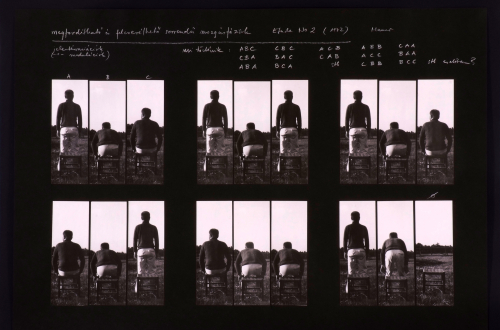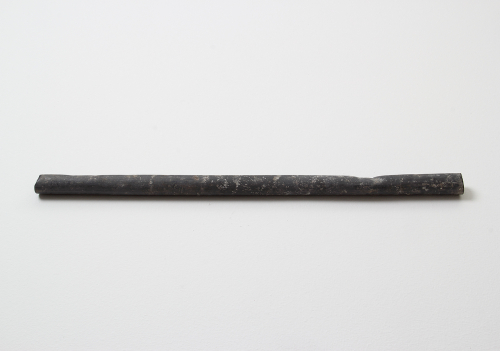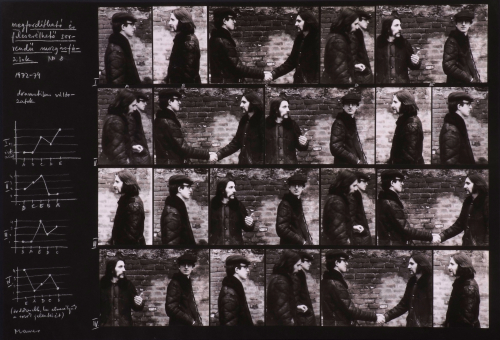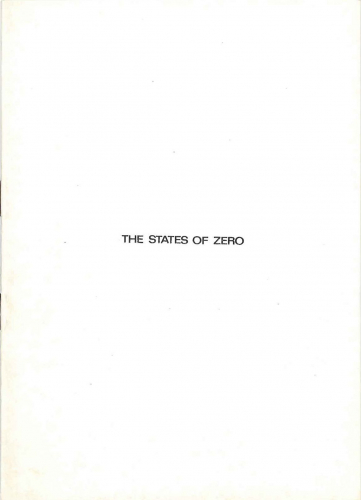Palazzo delle Esposizioni, Rome October 4, 2019–January 6, 2020
The exhibition Techniques of Evasion presents a selection from the collection of the Ludwig Museum – Museum of Contemporary Art Budapest, based on the works of Hungarian artists of the 1960s and '70s.
The display focuses on the artistic positions that were not only pushing at the conventional aesthetic boundaries, but also queried the social and political establishment of the authoritarian state.
Related contents

Reversible and Interchangeable Phases of Motion (etude 1. 2. 3. 5. 6. 7.)
Dóra Maurer (1937, Budapest) is a central figure of the Hungarian neo-avant-garde; beside her paintings, graphics and conceptual works, her films and education activity are also very important. The examination of the senses, of the faculty of perception, plays an important part in her work.
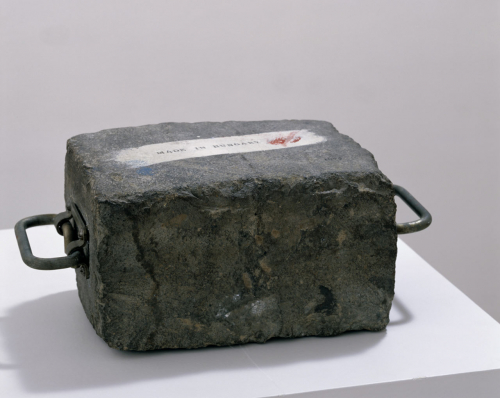
Portable Cobblestone
The Cobblestone Is the Weapon of the Proletariat: this is the title of Russian artist Ivan Shadr’s 1927 sculpture, whose reproduction was widely known in the Eastern Bloc, and which was held as a textbook example of Socialist Realism and propaganda art in the 1950s.

RED-Y MADE (Galerie Lóa, Harlem)
Gábor Attalai created the series titled RED-Y MADE, consisting of artist stamps, objects and photographs, between 1974 and 1980.

Self-Portrait No. 1, 2.
Self-portrait is a recurring motif in the photographs of András Baranyay. It has several forms, from rear views through sleeping to photographs exposed onto the portraits of others.

To the Streets with Your Message! I. (A Letter to My Friend in Paris)
Tibor Hajas’ university studies – started in 1965 – were suspended following an arrest for participating in street protests. He was later pardoned and set free.
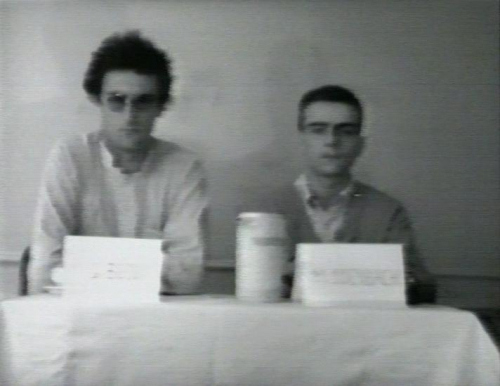
Conversation between East and West
The first real video work of Gábor Bódy is about a highly exciting psychological situation from the 1970s, the era of the iron curtain. Bódy and Marcel Odenbach, his friend from Cologne, communicate silently in front of the camera by blowing soap bubbles.
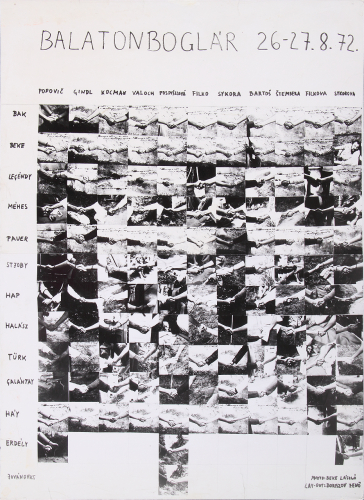
Meeting of Czech, Slovak and Hungarian artists (Tableau of László Beke's Handshaking Action)
During August 26 and 27 in 1972, the Czech-Slovak-Hungarian artists' meeting organized by László Beke took place in György Galántai's chapel studio at Balatonboglár.

Sickle and Hammer 1–4
At the beginning of the 1970s, Sándor Pinczehelyi turned his attention to the appropriation and decoding of the symbols of the labour movement, by way of creating conceptual art and graphic design.

I am a Work of Art - Montage with Weaving Loom
Judit Kele’s (1944) photomontage was originally made for a competition entitled Textiles without Textiles (1979), but was not included in the exhibition.

